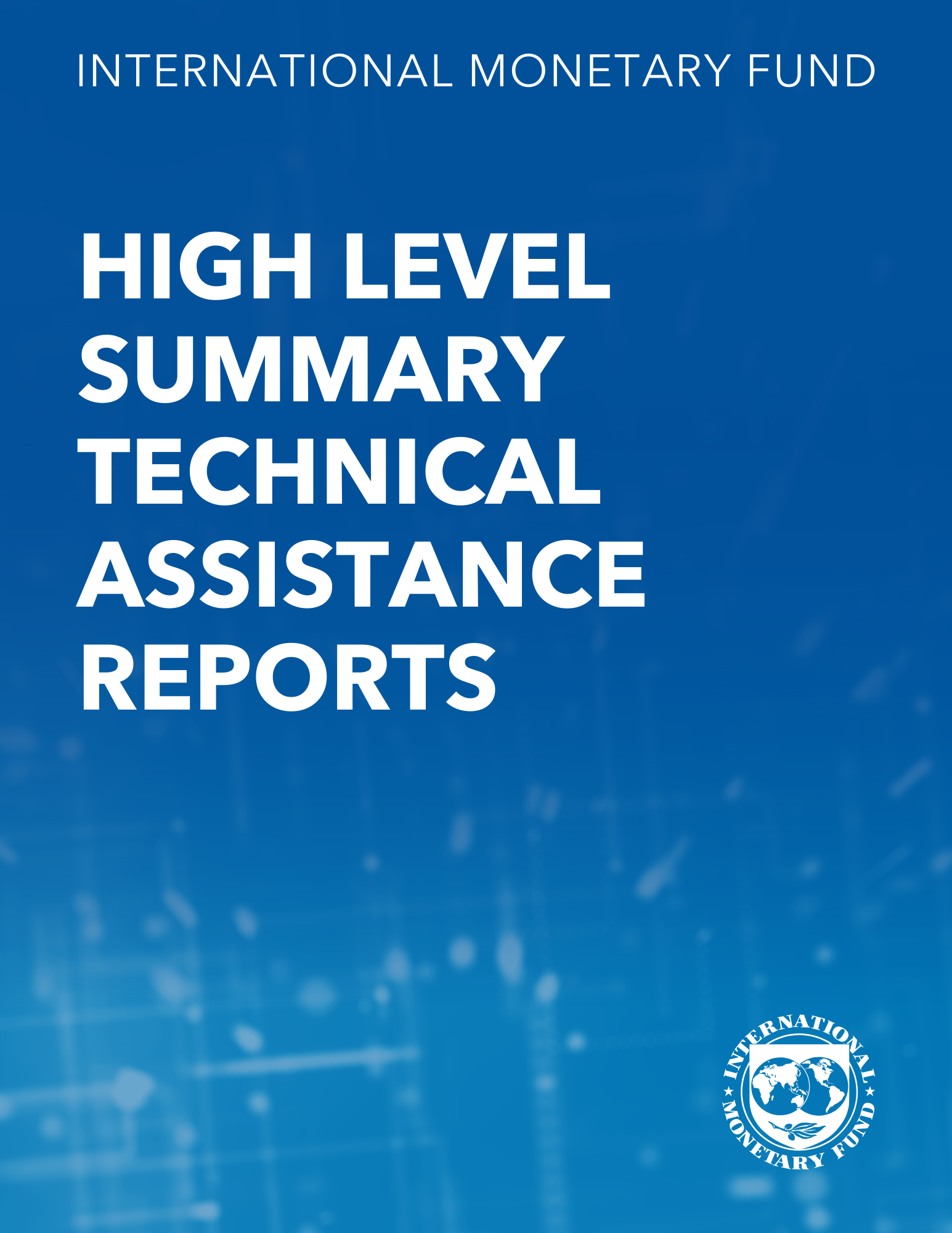Dual Currency Boards: A Proposal for Currency Stability
December 1, 2000
Disclaimer: This Working Paper should not be reported as representing the views of the IMF.The views expressed in this Working Paper are those of the author(s) and do not necessarily represent those of the IMF or IMF policy. Working Papers describe research in progress by the author(s) and are published to elicit comments and to further debate
Summary
This paper shows that extending the convertibility guarantee of the traditional currency board to a second reserve currency brings about an automatic, market-driven change of the peg when the initial reserve currency appreciates beyond a specified level. The “dual” currency board thus maintains the advantages of a hard peg, but avoids the economic difficulties associated with the link to an overvalued reserve currency. As an added benefit, the system has the potential to promote global currency stability, with the reserves of the dual currency board country acting as a buffer stock to the exchange cross-rate of the chosen reserve currencies.
Subject: Conventional peg, Currencies, Currency boards, Exchange rates, Foreign exchange, Money, Reserve currencies
Keywords: CB euro rate, Conventional peg, cross rate, Currencies, currency, currency board, currency Board rate, currency Board system, Currency boards, currency movement, currency stability, currency-board cross rate, depreciation vis-à-vis, dollar, euro, euro-dollar rate, exchange rate, Exchange rate regimes, Exchange rates, fixed exchange rates, Global, money machine, parity euro-dollar rate, parity relationship, Reserve currencies, reserve currency, WP
Pages:
22
Volume:
2000
DOI:
Issue:
199
Series:
Working Paper No. 2000/199
Stock No:
WPIEA1992000
ISBN:
9781451860108
ISSN:
1018-5941






